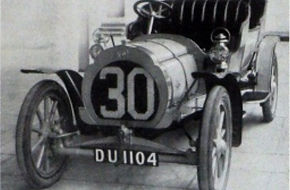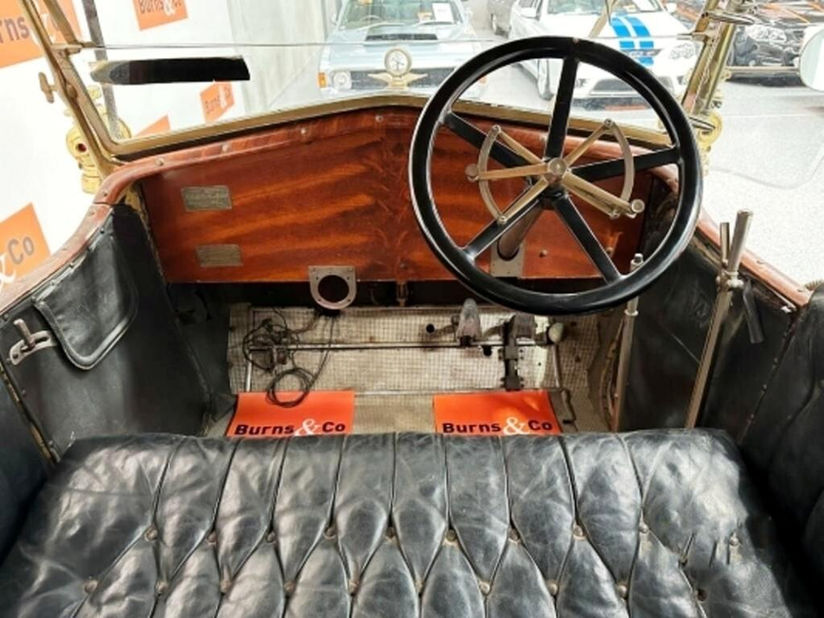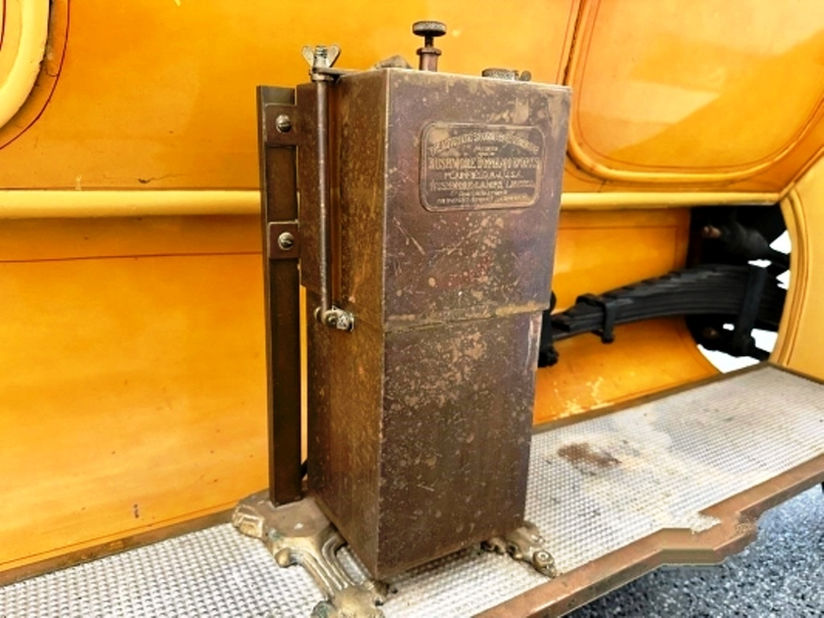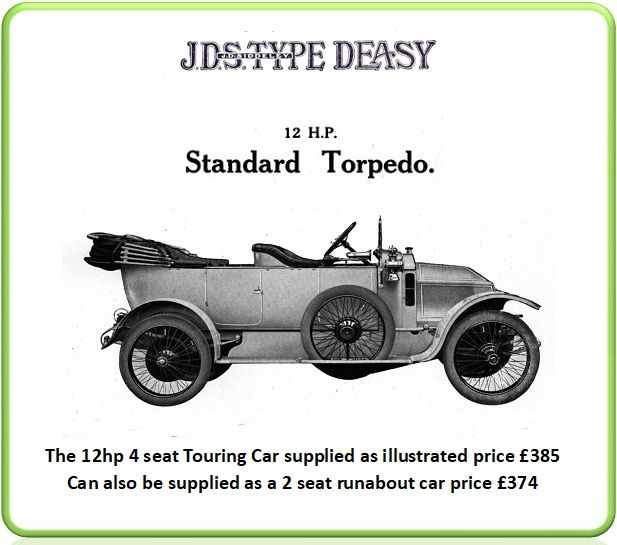
Armstrong Siddeley Heritage Trust


Siddeley-Deasy
Deasy Motor Cars
In 1903, Henry Deasy formed a company to sell Martini and Rochet-Schneider motorcars imported from France. In 1906, his company was acquired by a group of motoring enthusiasts with a view to building 250 motor cars annually; Deasy was retained to promote the vehicles, with Edmund W. Lewis as the chief engineer.
From the outset, Deasy and Lewis constantly disagreed over the quality and quantity of the motor cars being produced, resulting in Deasy's resignation in 1908. Lewis, probably because of his extensive contacts in the motor industry, was retained as an engineering consultant.
The following images are of a 1906 24hp Deasy



JDS Type Deasy Motor Cars
The void left by Deasy's departure was filled in April 1909 when John Siddeley joined them from Wolseley. At this time, Deasy was building six cars a week. Siddeley realised that producing all the car's components in-house was uneconomic and quickly moved to a policy of outsourcing major components. The first cars to benefit from this approach were the 1910 12/20hp and 18/24hp models equipped with White and Poppe engines.
These new models were marketed as J.D.S Type Deasys with a range of coachwork that included Two-Seat Runabouts, Limousines, and Torpedo Phaetons. For the 1911 season, a 12hp model based on a Rover chassis and running gear powered by an Astor engine was introduced to the range.



These images are of a four-cylinder JD Siddeley Type Deasy. The bonnet was unkindly referred to as resembling a "Transvallian Coffin", a description that displeased Siddeley. Look closely at the car on the left; it has a bonnet that resembles a coffin in the other images Siddeley has clearly tried to improve the appearance. All three cars had standard wire wheels, with artillery wheels available at an extra cost. The central and right-hand cars have acetylene gas generators on the running boards to give extra power to the headlights.
For the 1912 season, the 12/hp and the 14/20hp were powered by the existing four-cylinder poppet valve engines, while the Daimler Knight Sleeve Valve engine was fitted to the 18/24hp and the 24/30hp, of some four and six cylinders, respectively. The chassis and coachwork continued unchanged except for some minor improvements. Full details can be found in the 1911 brochure at the foot of the page.



This is a Siddeley Deasy from 1913 18/24. Note the radiator mounted behind the engine, which was cooled by a fan fixed to the flywheel. All JDS Deasys and Siddeley Deays had this rather unusual design feature.
Siddeley-Deasy
The changes Siddeley introduced raised the public’s opinion of motor cars while returning the company to profitability. In recognition, the board resolved, in June 1913, to formally change the company name from the Deasy Motor Car Manufacturing Co to the Siddeley-Deasy Motor Car Co.
A significant addition to the company, also in 1913, was the purchase of The Burlington Carriage Company, situated next to the Siddeley-Deasy works, so becaming the " in-house" body builder.
.jpg)


The left-hand car is an 18/24 model with a torpedo-type body, while the Limousine in the middle is a 24/30. Both are fitted with Burlington bodywork. The right-hand Limousine is also a 24/30 with a Connaught of London Body.
The image below is of a 1913 18/24 Siddeley-Deasy. Burns of Australia auctioned this car in 2024. All images are credited to Burns.To view it, press on the red arrow.
By 1914, the company employed around 500 employees and produced 600 cars annually.
When World War I broke out, J. D. Siddeley Deasy passionately urged his younger employees to join the British Armed Forces, recognising the importance of their contribution to the war effort. However, as urgent orders poured in from the British and Russian War Departments for ambulances and field kitchens, he faced the difficult task of sending out telegrams to recall them.


_JPG.jpg)
Siddeley-Deasy Ambulances on active service during WWI. The ambulance in the central image was credited with saving over 200 people during the war.


.jpg)
A further Ambulance in WW1 followed by a City of London Ambulance having a tyre changed by ladies in uniform and finally a omnibus fitted to a Siddeley Deasey 4-cylinder chassis
During WWI, John Siddeley’s business contacts, combined with his good reputation, opened up new opportunities to expand into the manufacture and development of aircraft engines and aero engines. This proved to be a turning point for the company. From a workforce of 500 at the start of WWI, it expanded to over 5,000 by the end of the war; during this time, it produced 1,750,000 aero-engines and hundreds of airframes, together with over 1,000 vehicles.
Seeking to retain as many of this expanded workforce as possible in employment, Siddeley sought a partner to develop the business and ultimately came to an agreement with Armstrong Whitworth. This acquisition led to the formation of Armstrong Siddeley as a subsidiary of the Siddeley-Deasy company.
The image below is part of a slide show compiled from different 1911 brochures. Click on the red arrow to open it.
COPYRIGHT 2025
Please note that the information contained on this website has been collated from a variety of sources, many of which are in the public domain, and therefore we claim no copyright in this site. We have acknowledged the sources used and, where possible, attributed copyright where we are aware of it. However, if you feel that we have infringed on any specific copyright, please let the web master know, and appropriate action will be taken.
Many thanks. EMAIL: heritage@siddeley.org






















